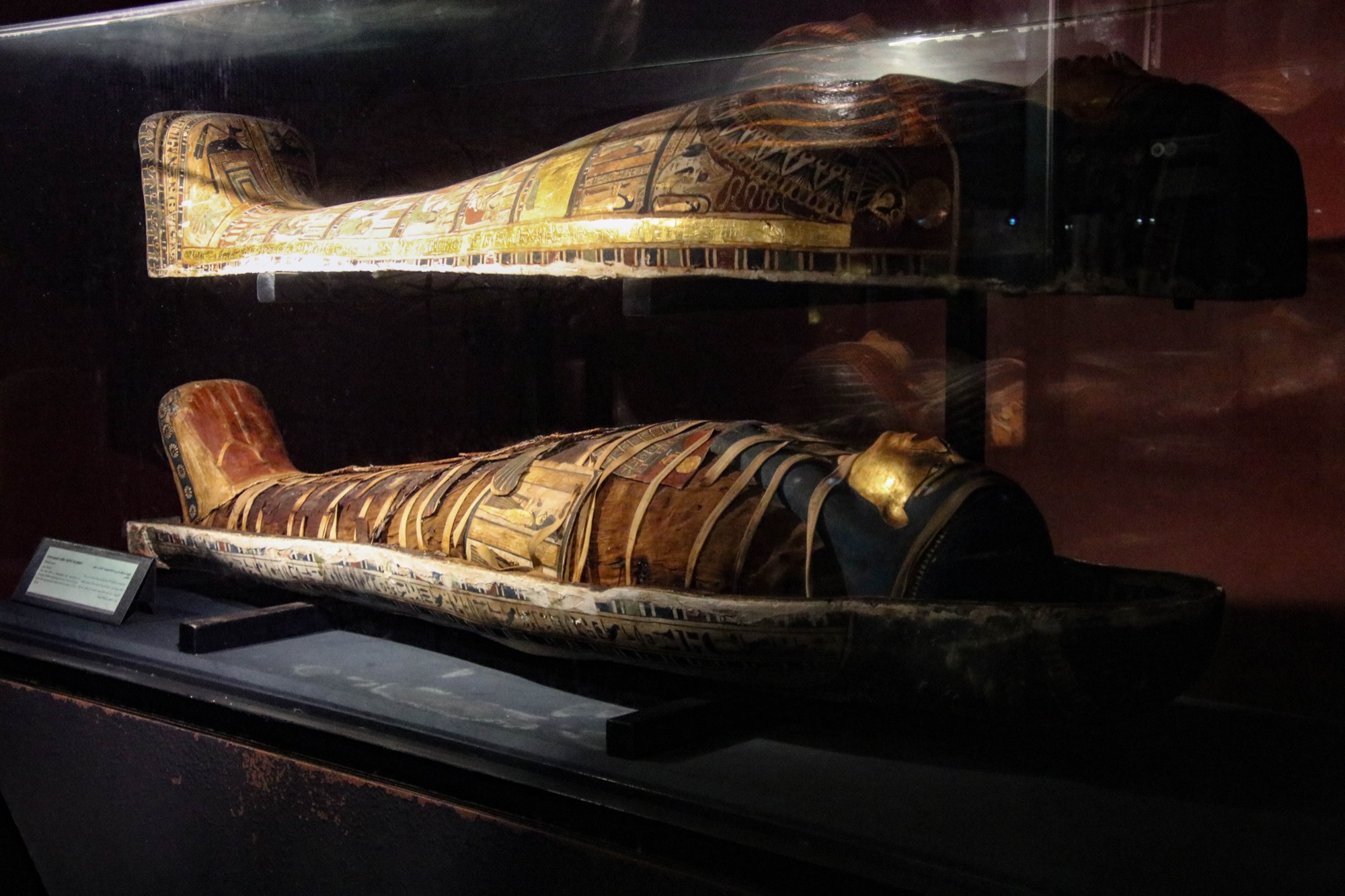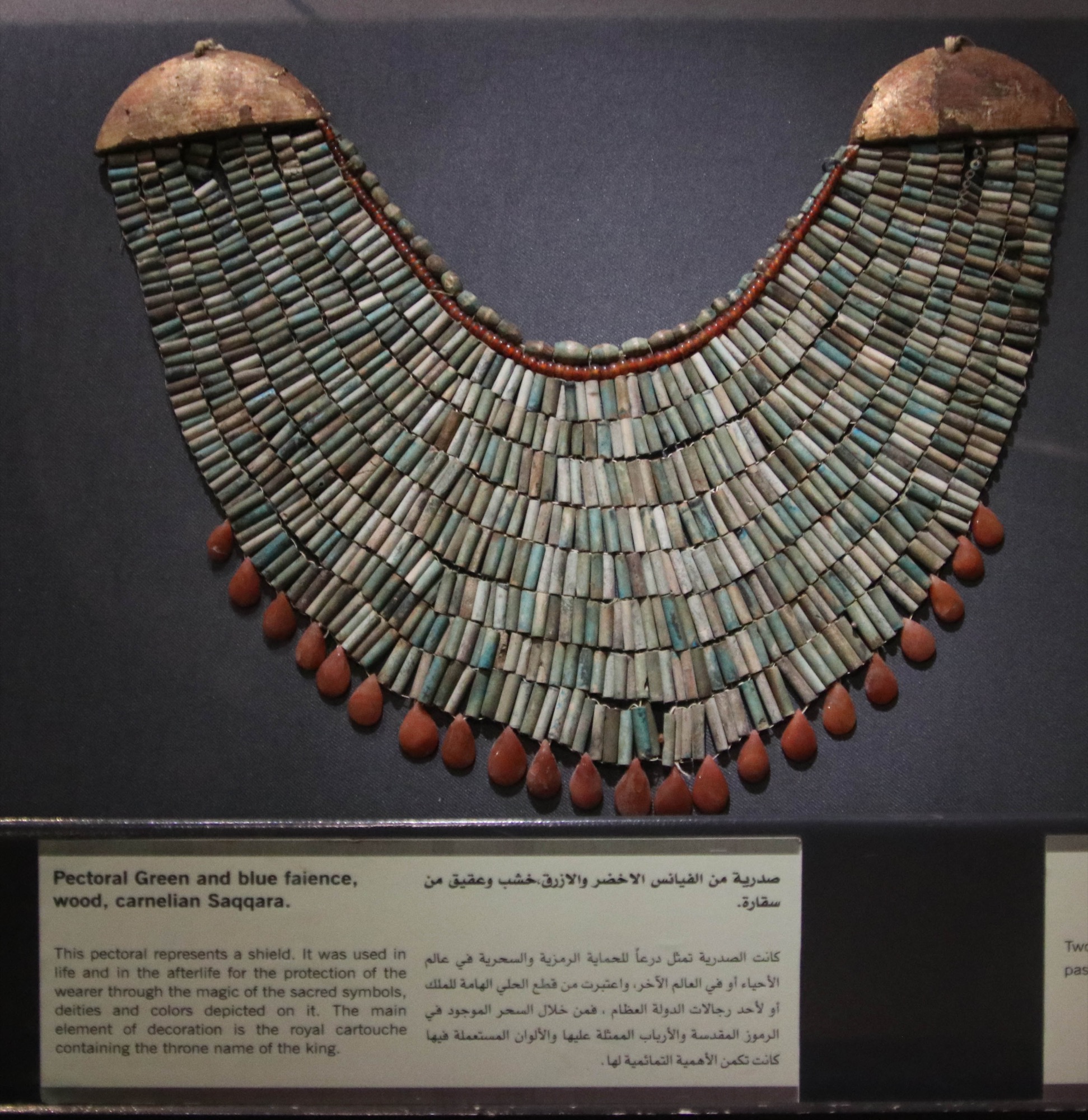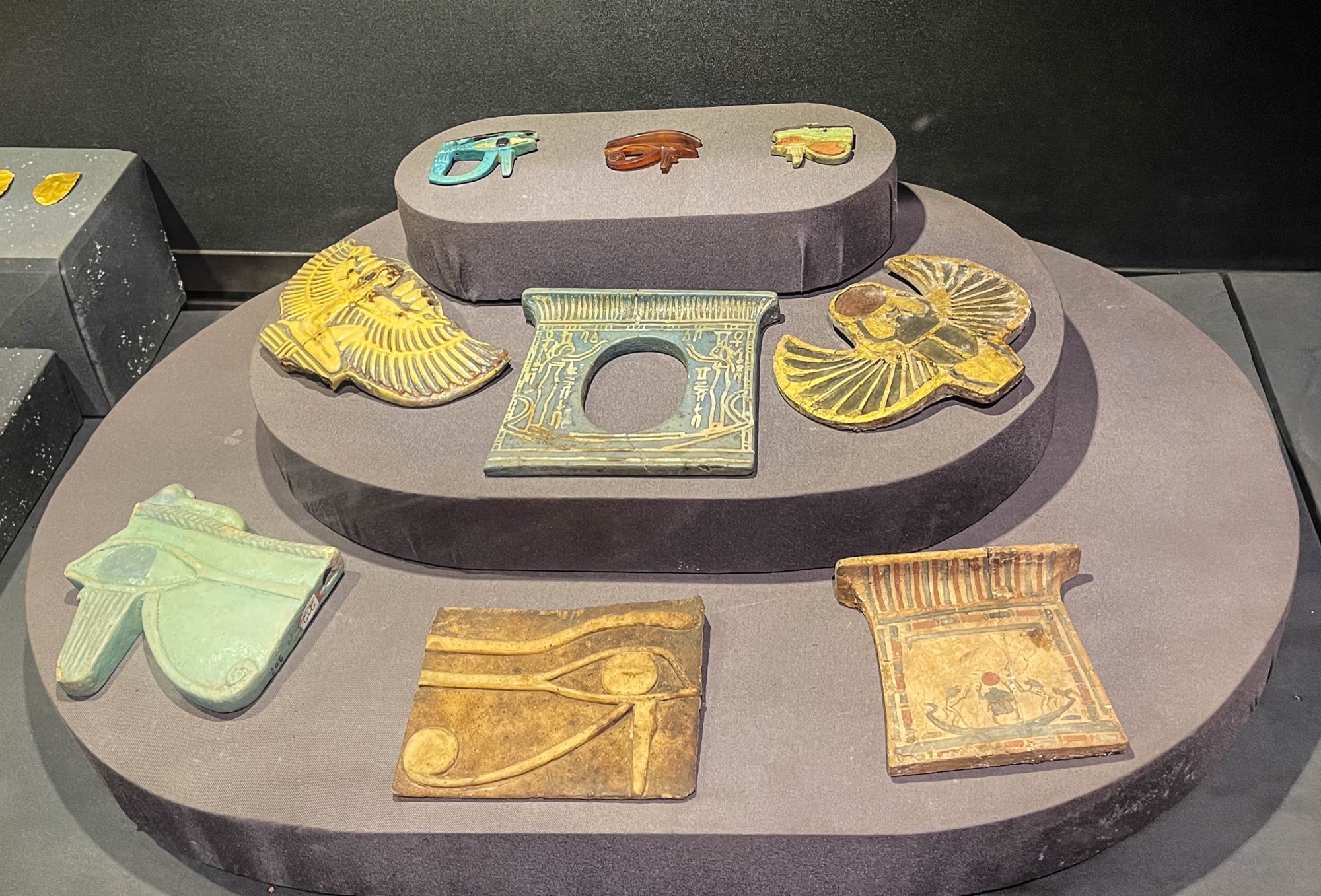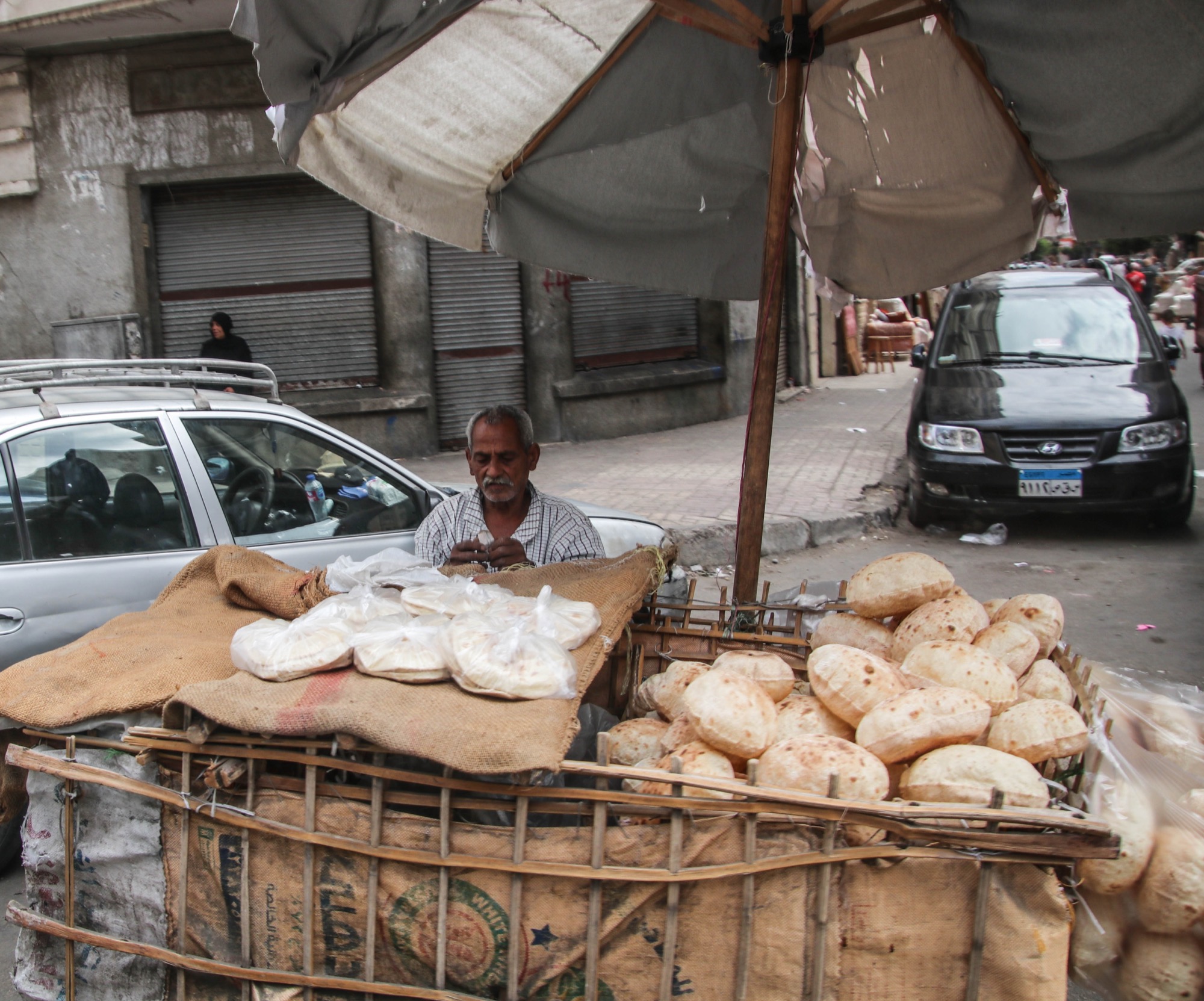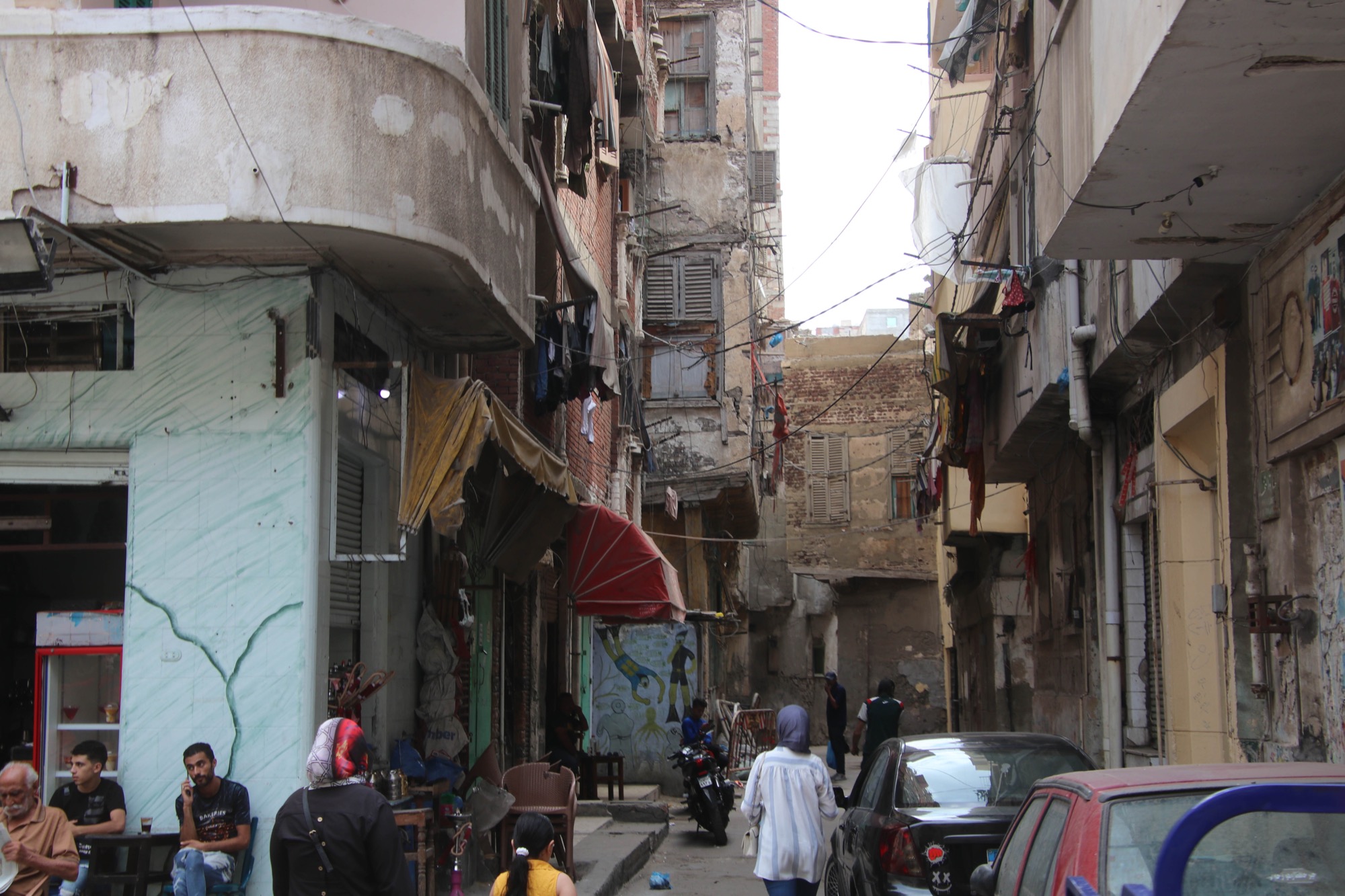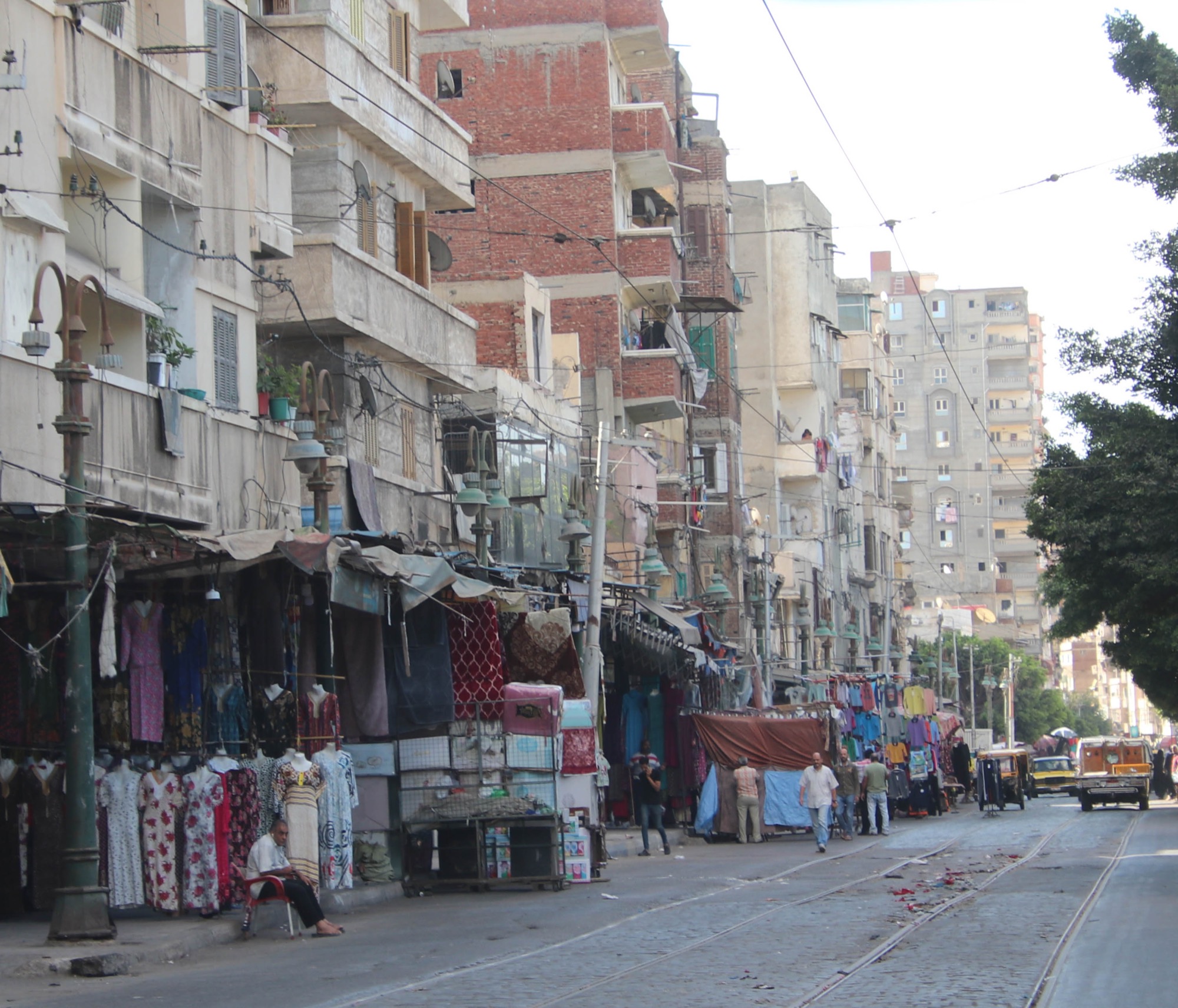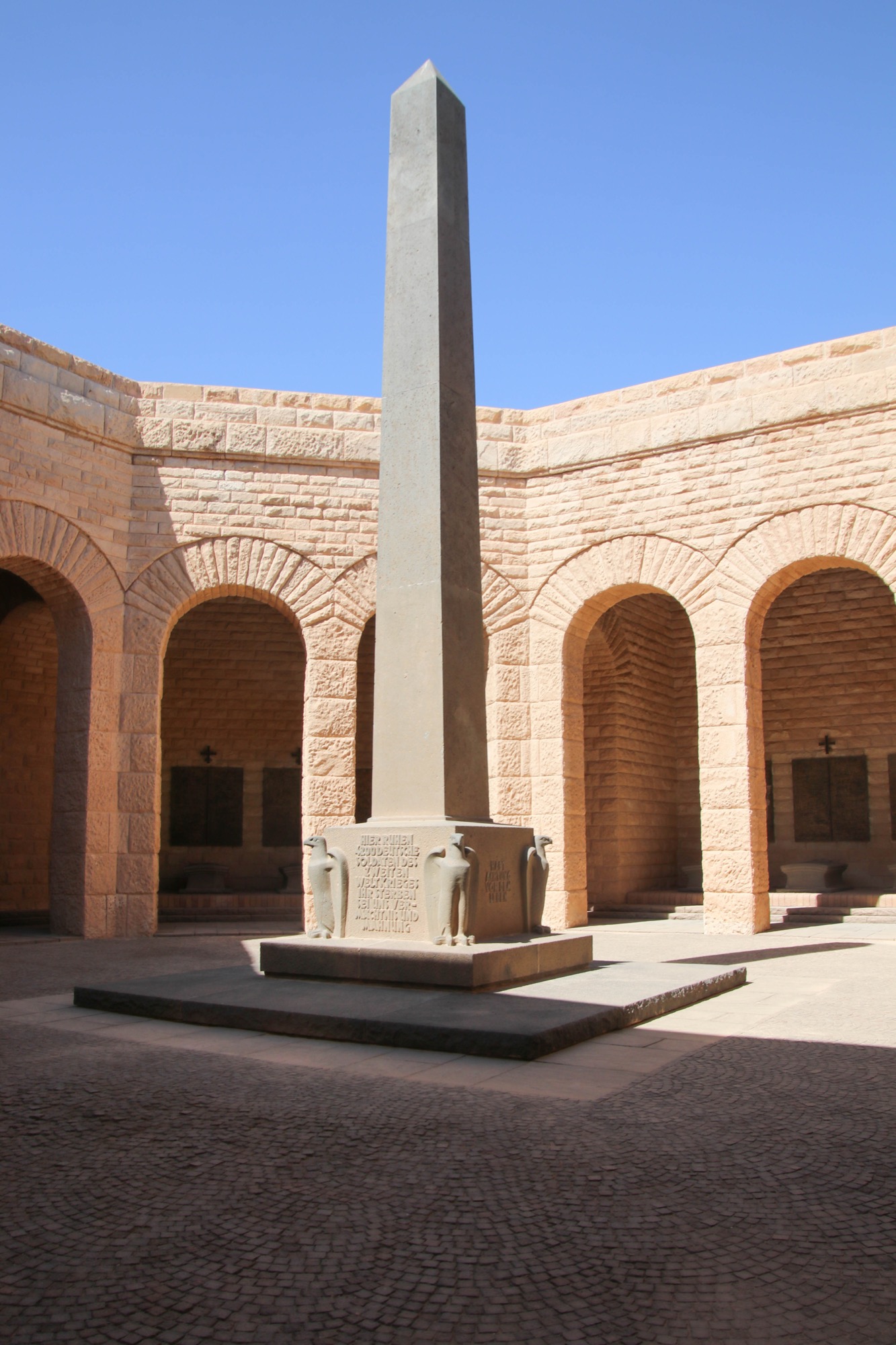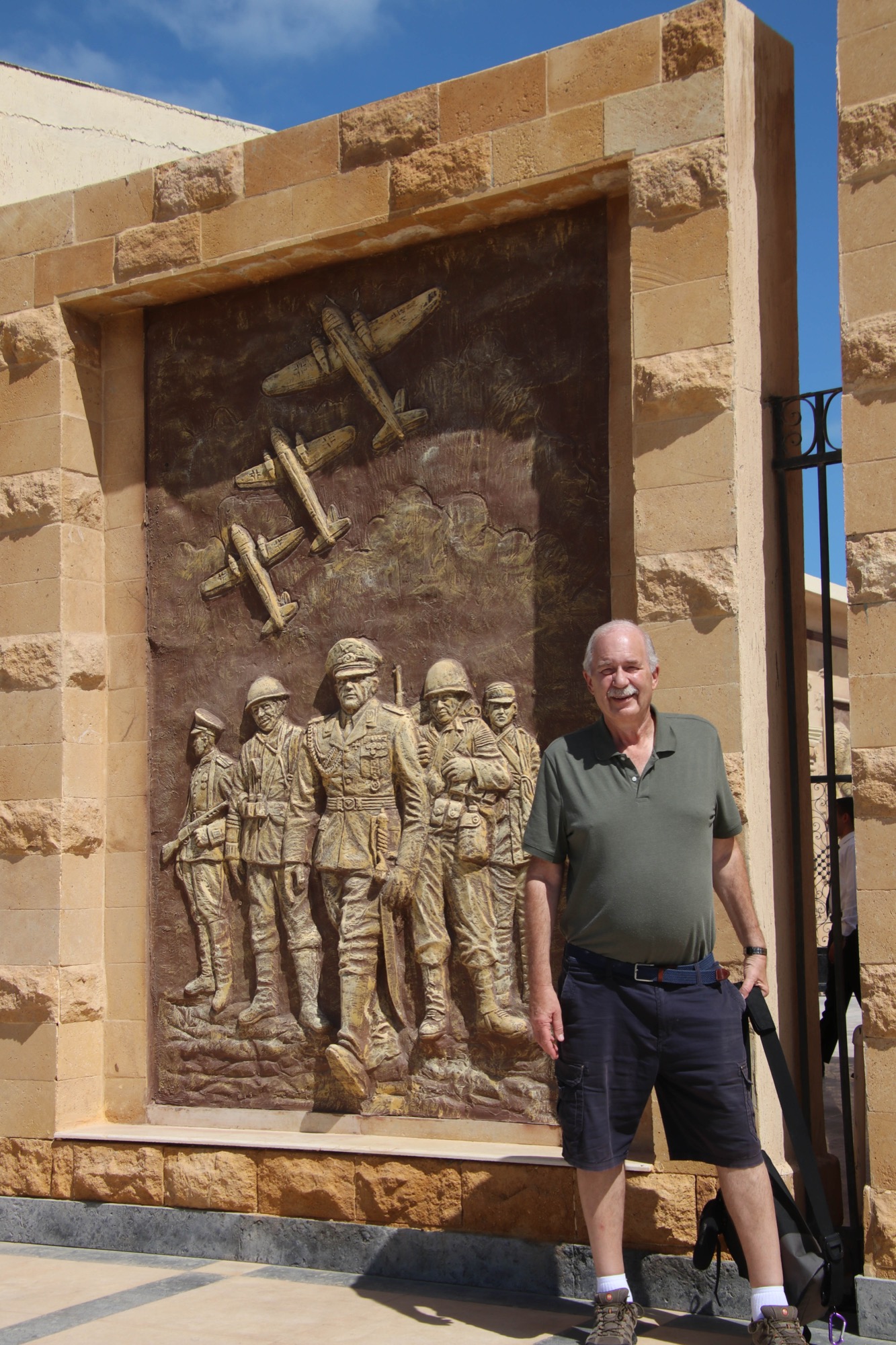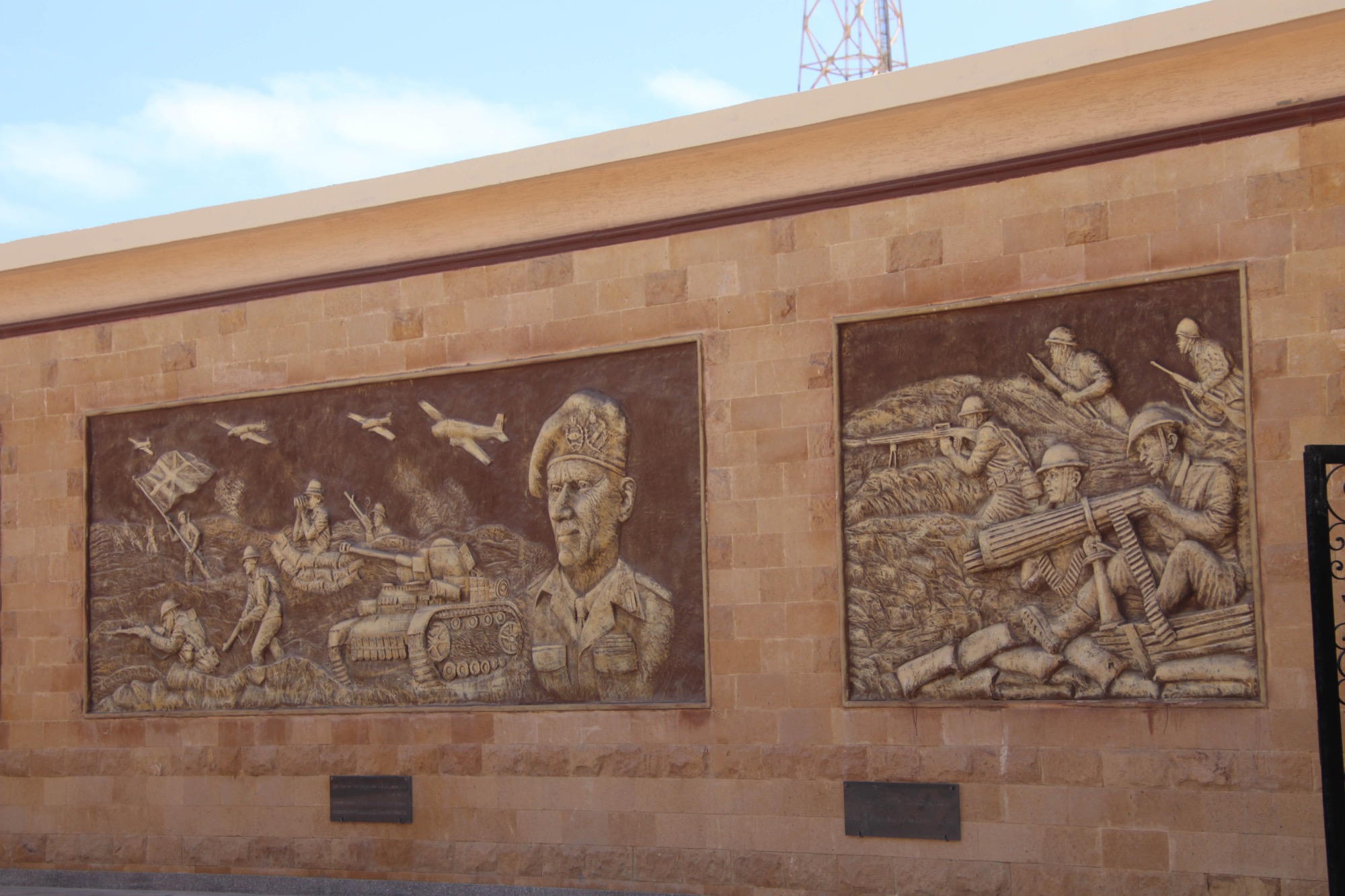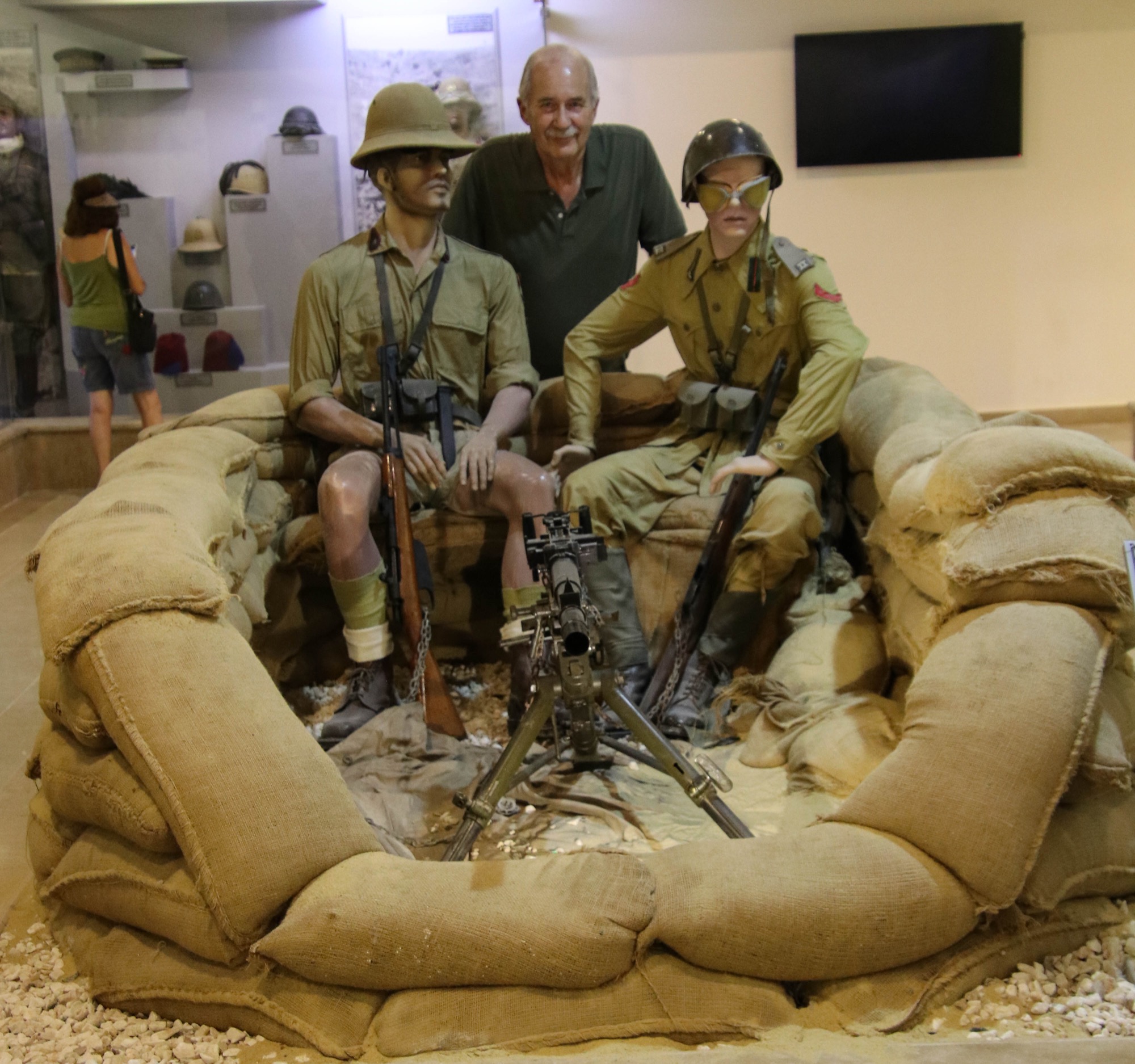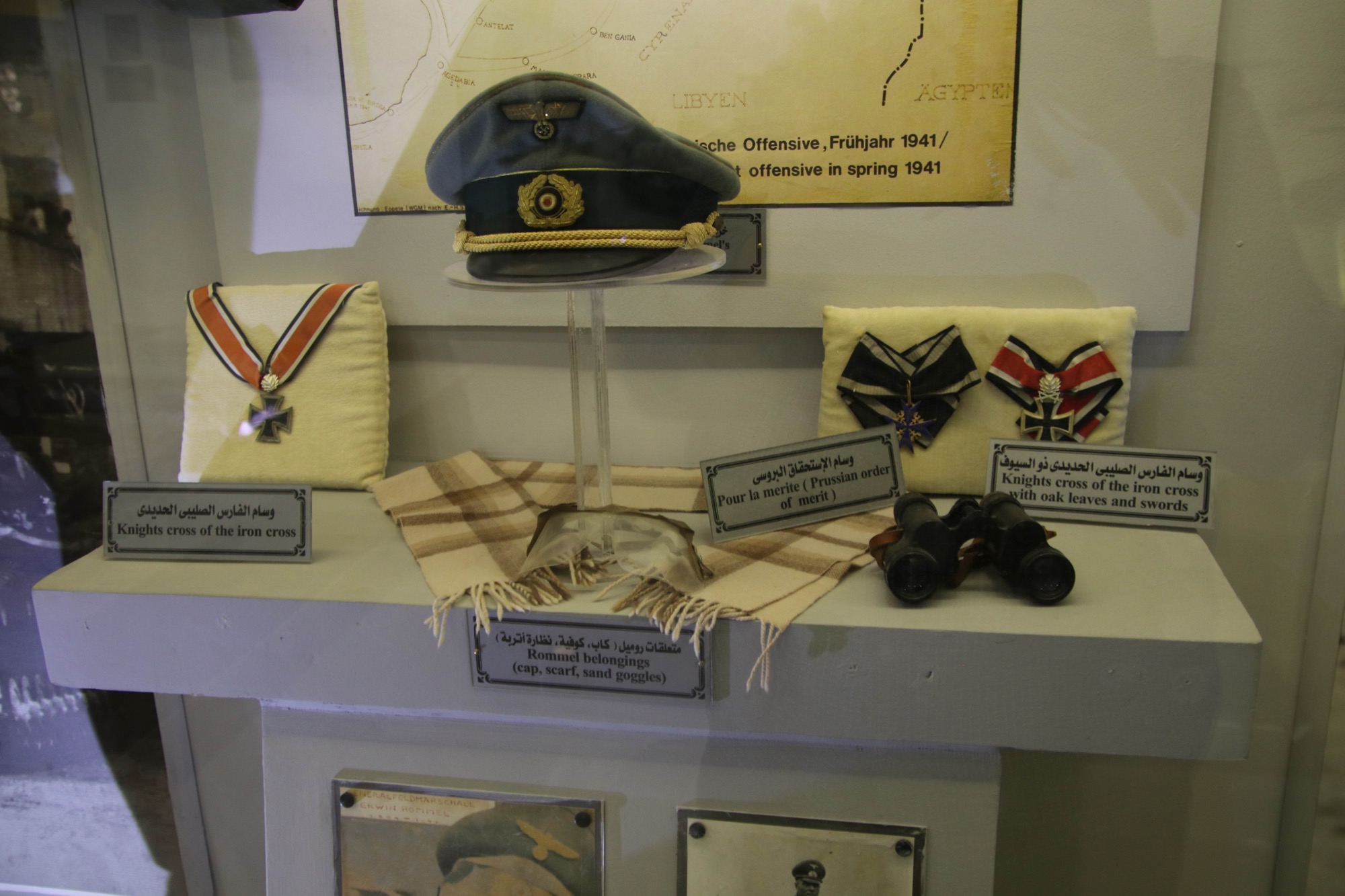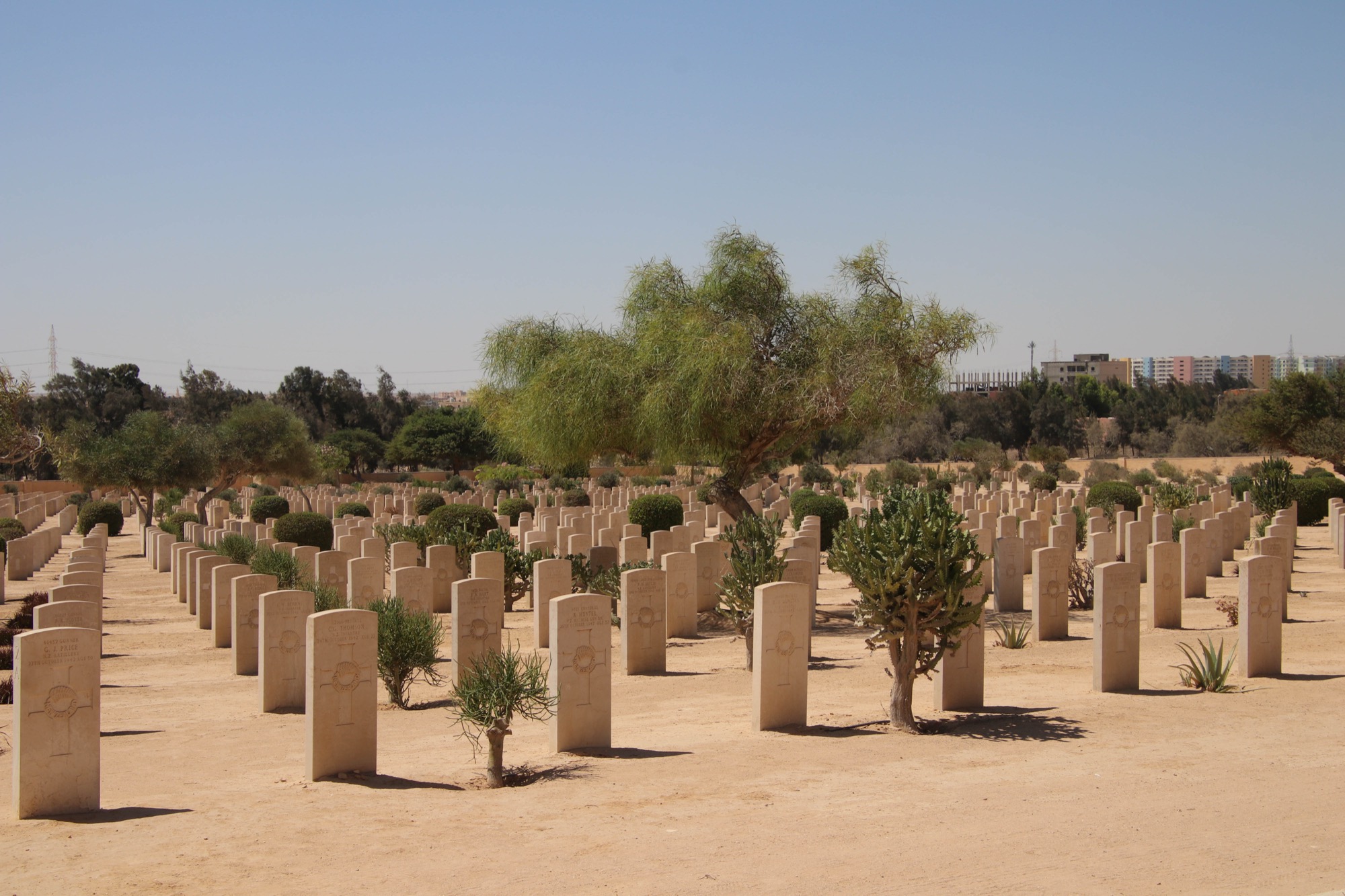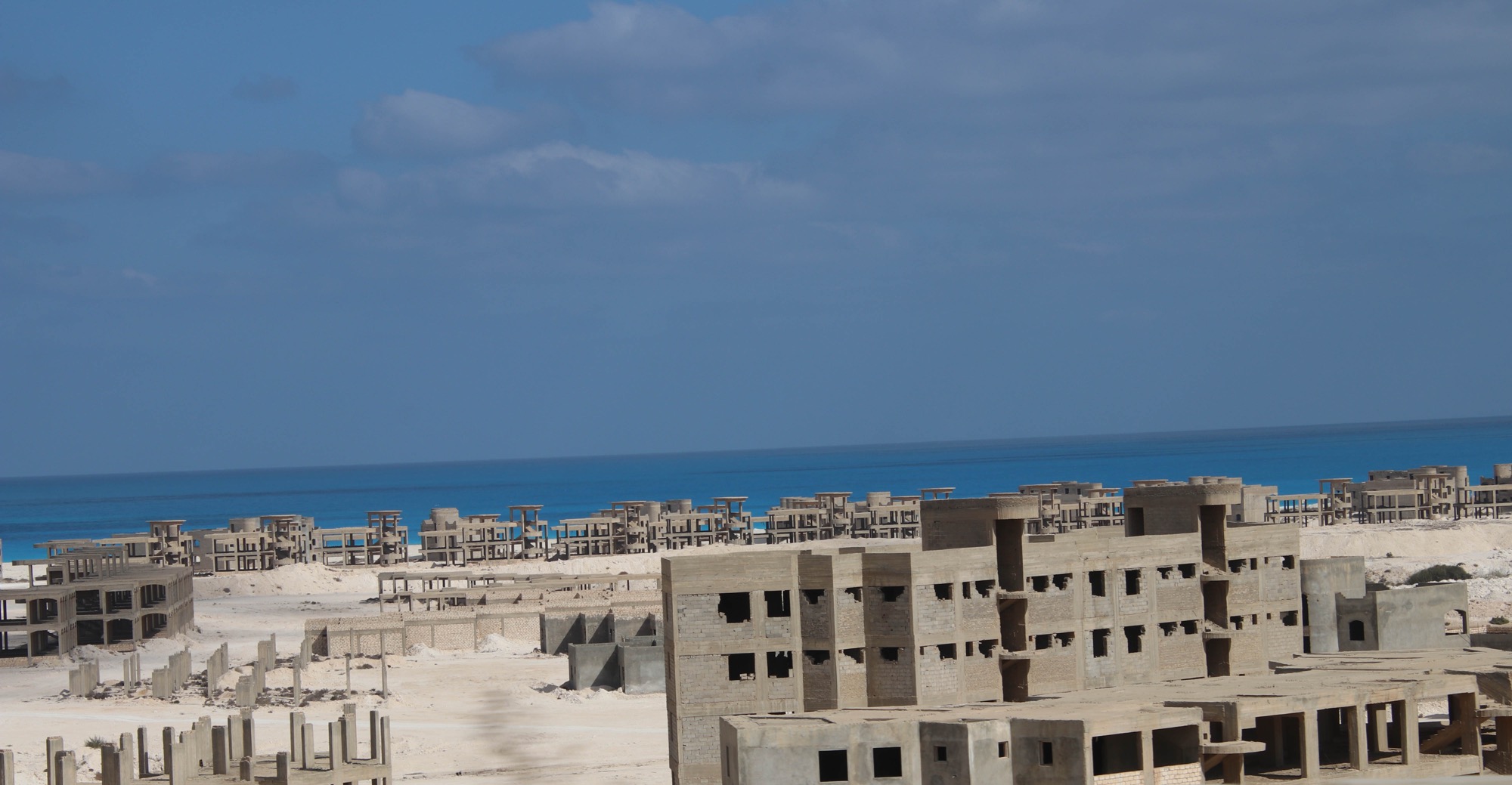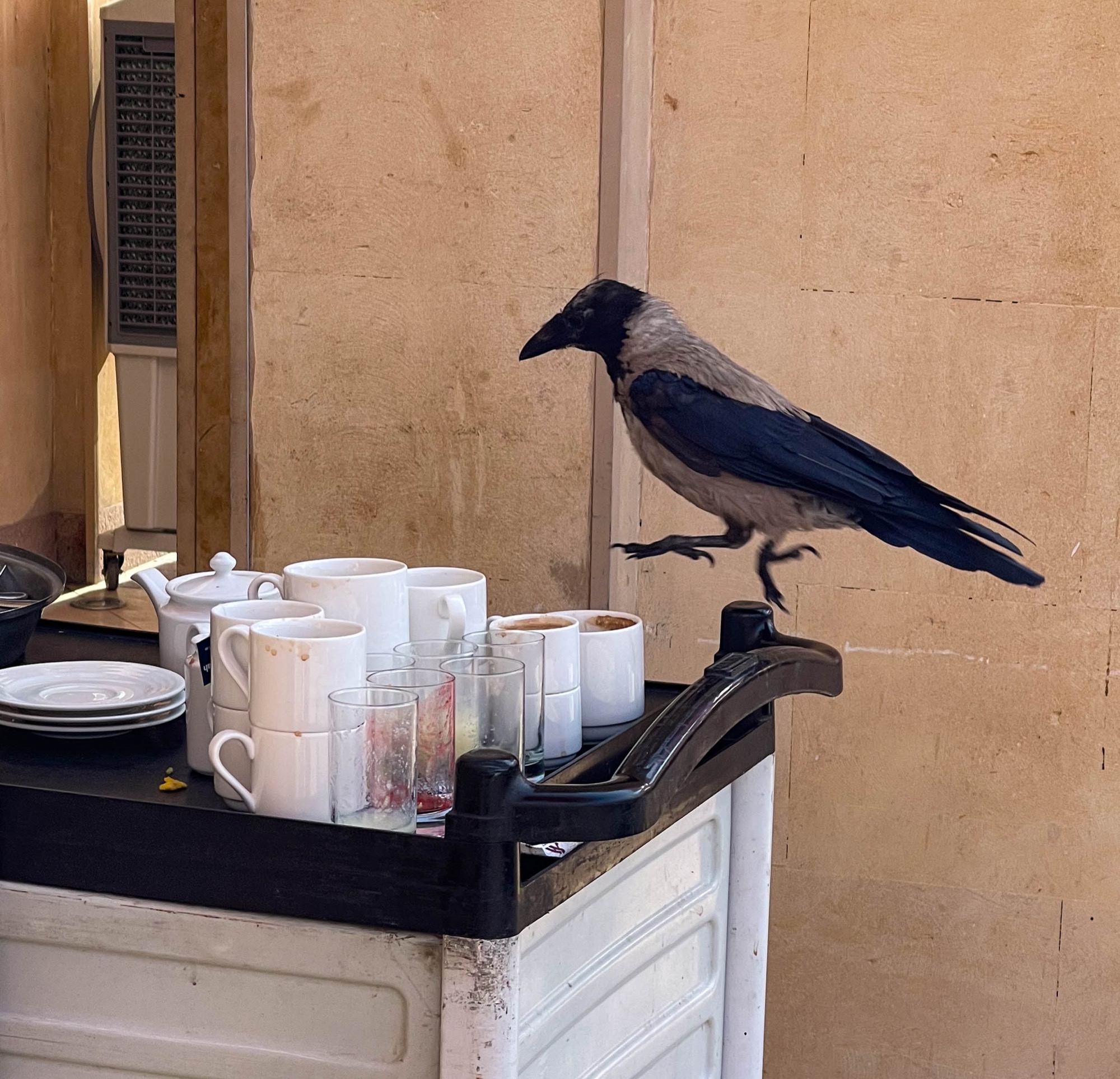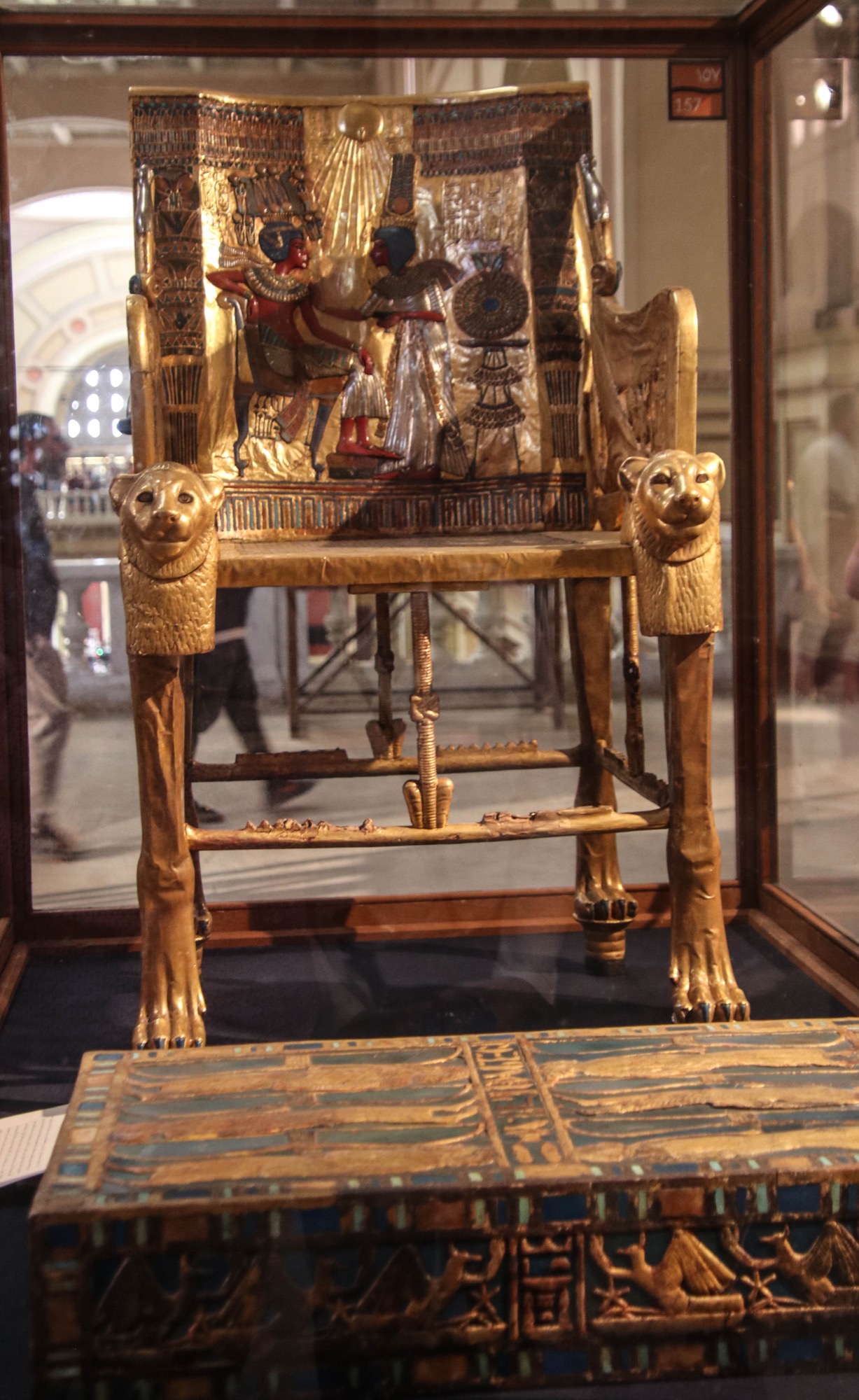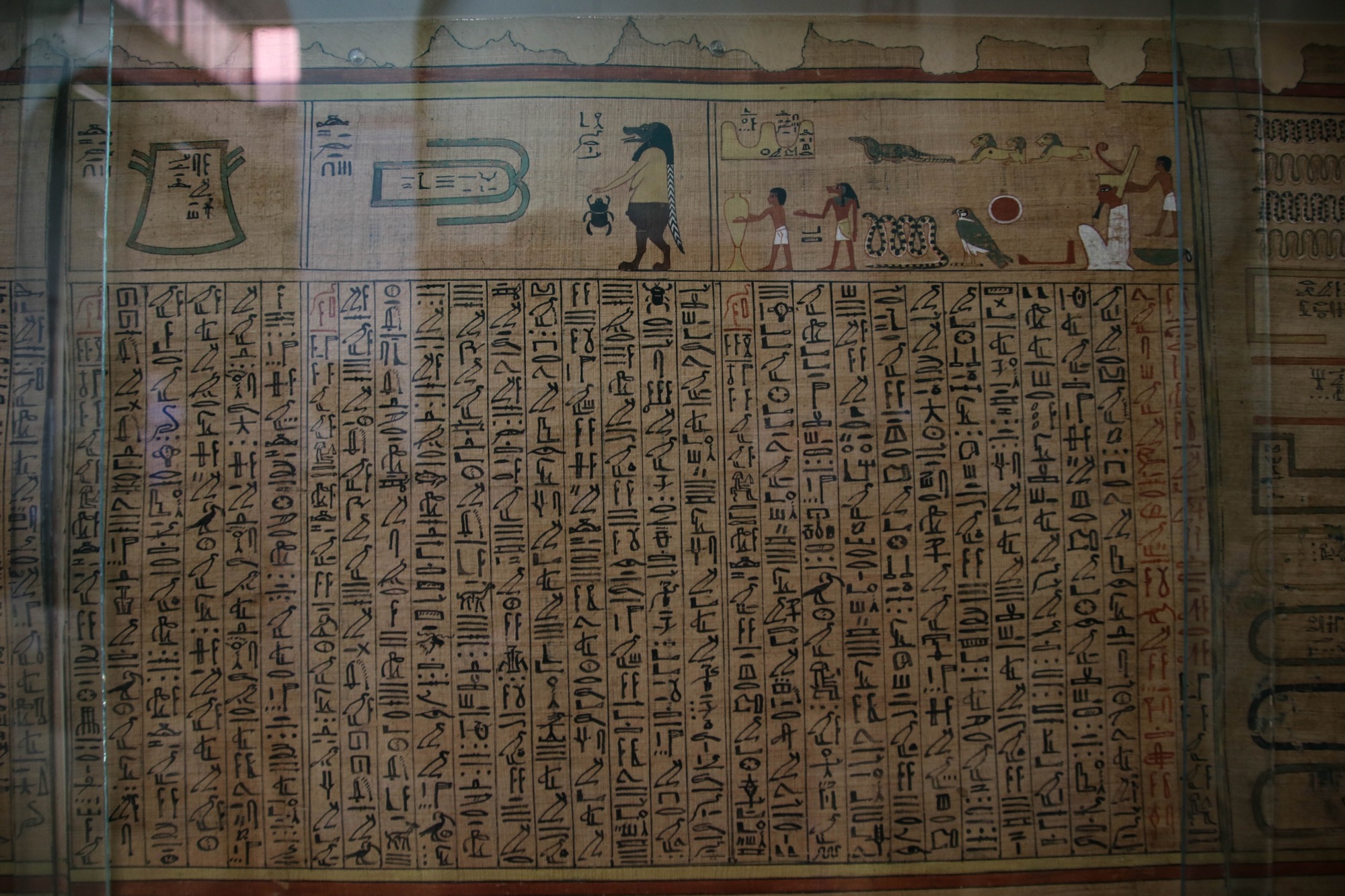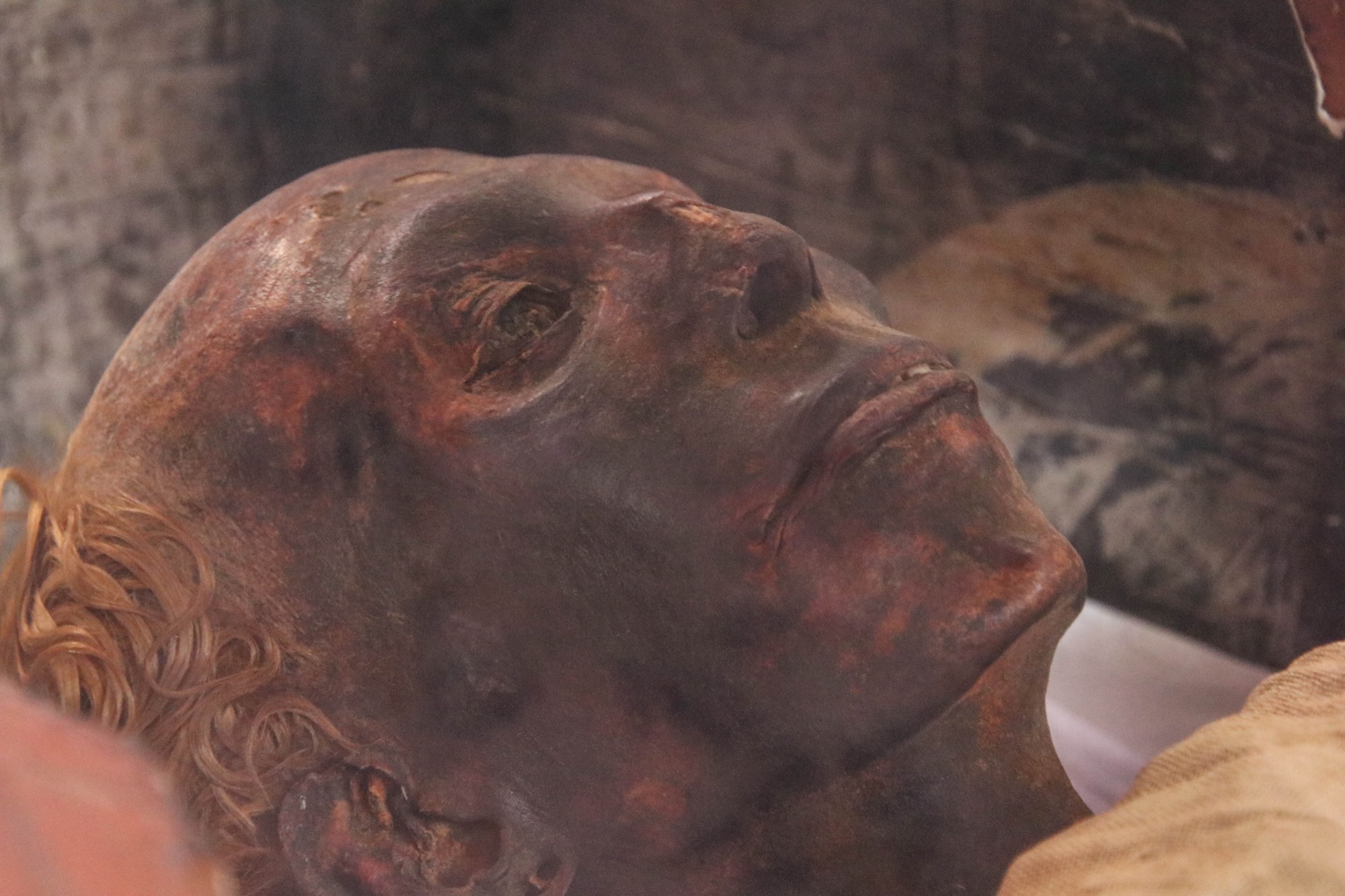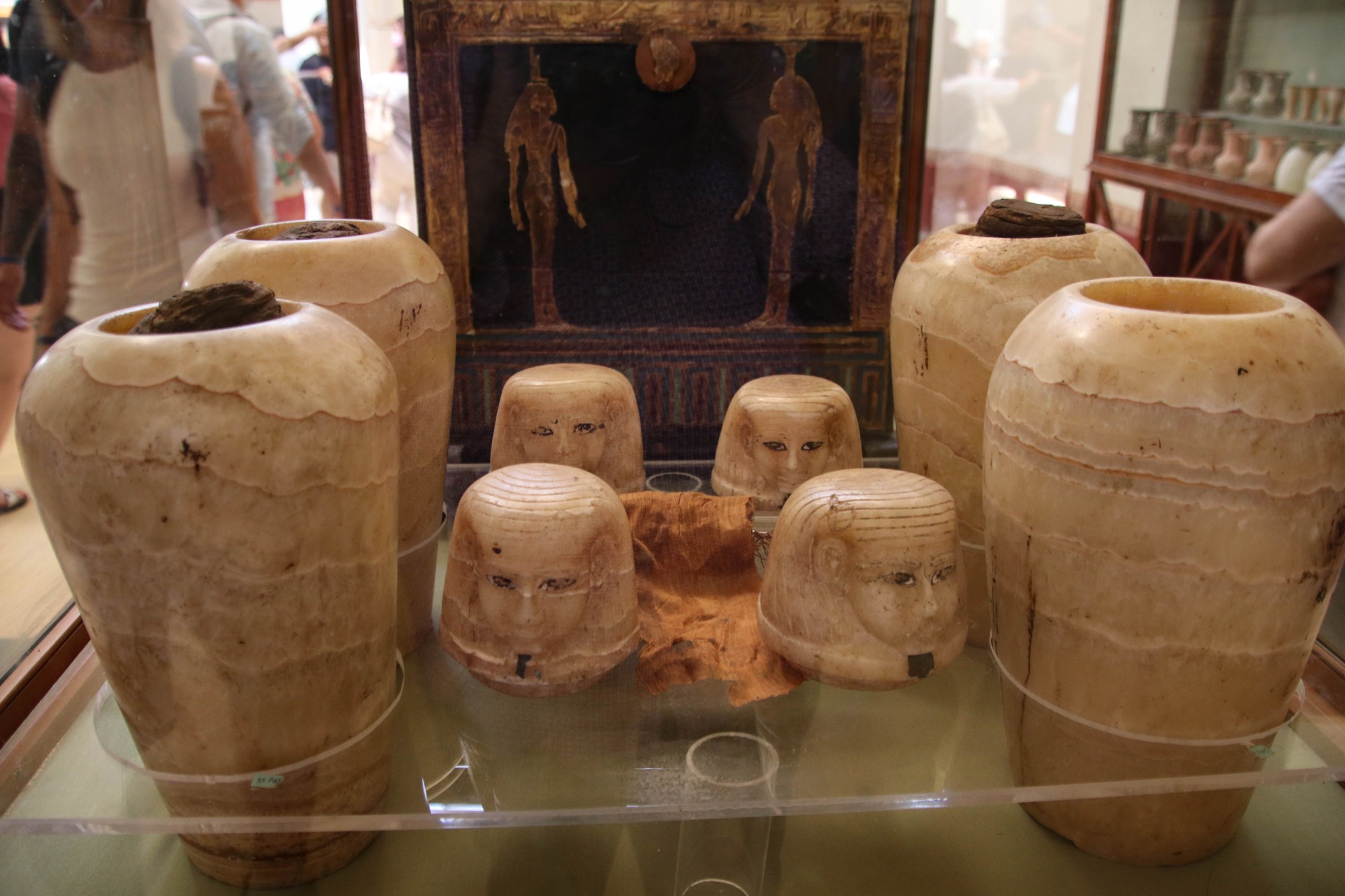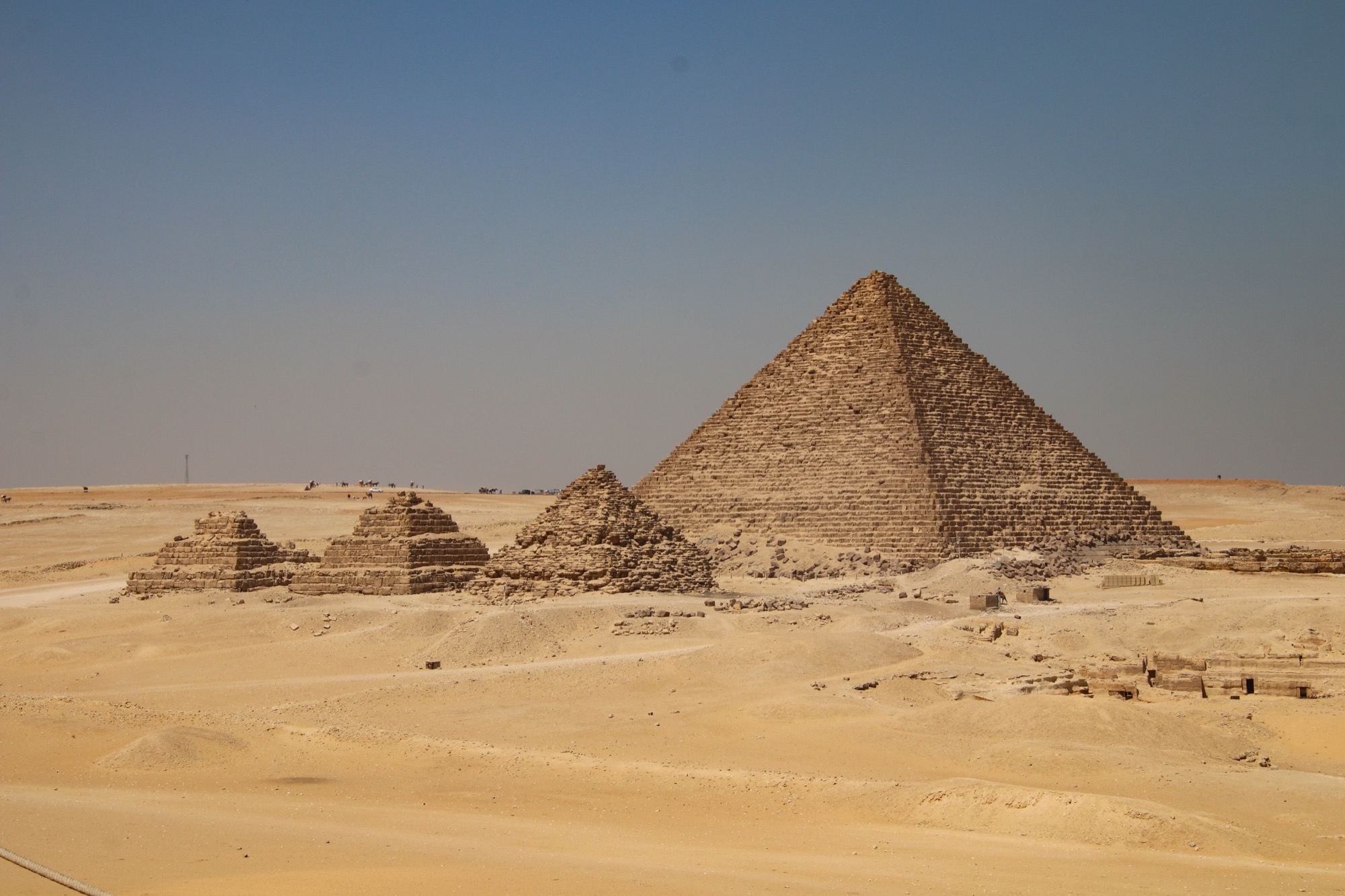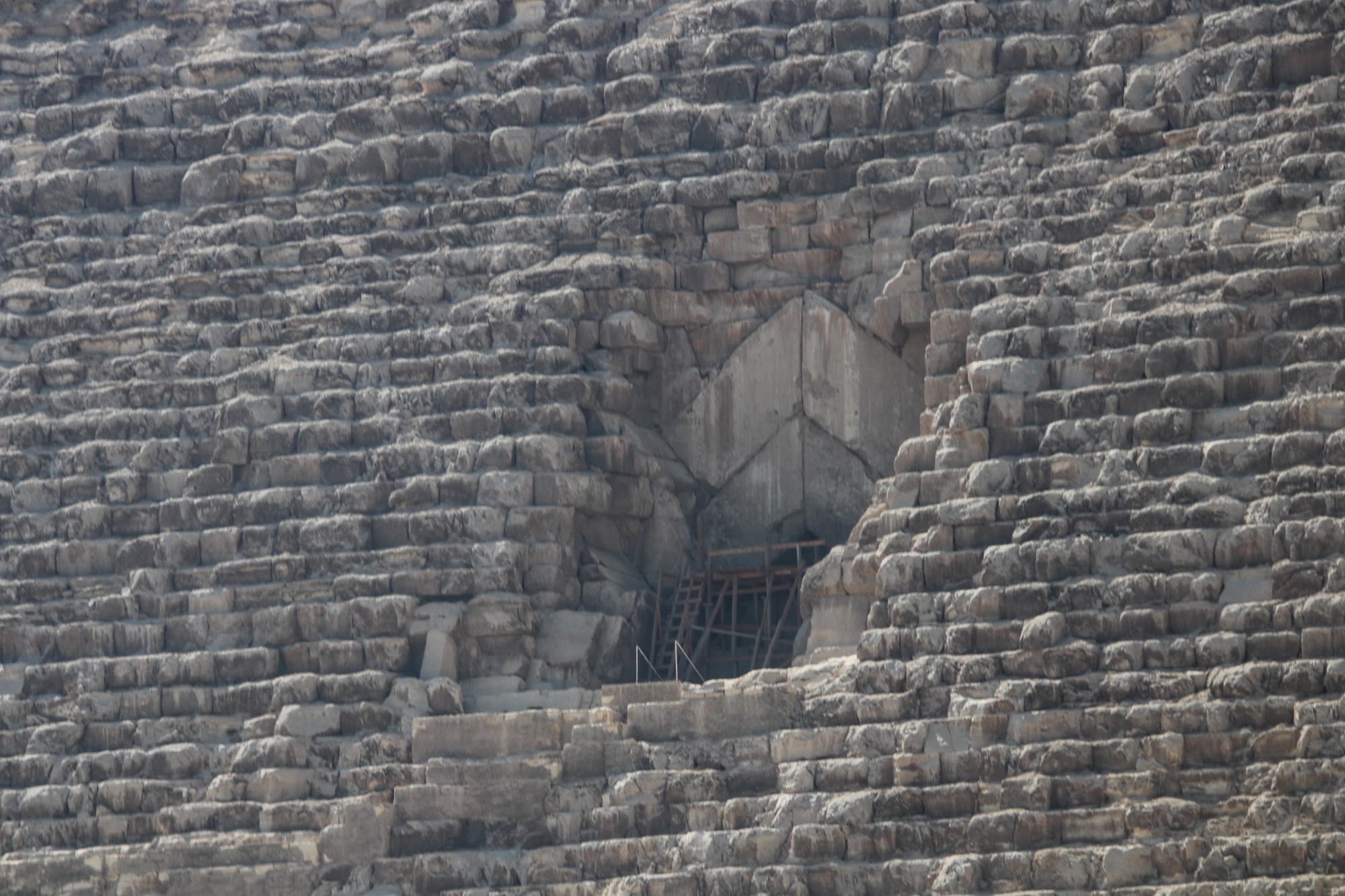The pyramids of Giza, which were built between 2575 and 2465 BC, are considered one of the Seven Wonders of the Ancient World. The largest of the three pyramids, called the Great Pyramid, was built for Khufu and was originally 481 feet tall. The middle pyramid, which was originally 471 feet tall, was built for Khafre. The third pyramid was built for Menkaure and was 218 feet tall.
Each of the pyramids have been plundered over the years and all lack the goods originally placed within the burial chambers. In addition, the outer casings of smooth limestone are missing from all but the top portion of the middle pyramid.
It is interesting to note that the sides of the pyramids are perfectly aligned with the cardinal compass directions. In addition, it is estimated that the Great pyramid of Giza was constructed from about 2.3 million bricks which each weighed about 2.5 tons.

